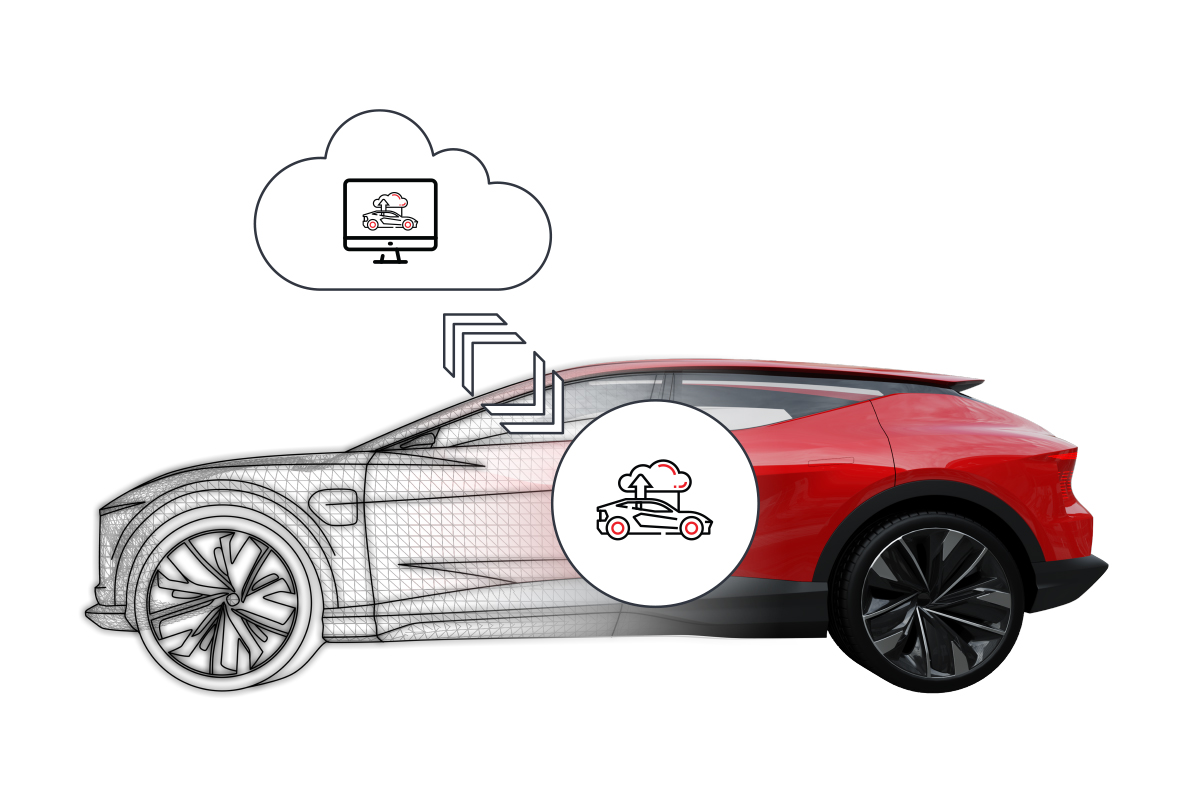With the average cost of a new car nearing the average US salary of $50,000, ensuring new car owners drive off in impeccable vehicles is essential. Owners expect all vehicle functions to work as designed and anything less than that will impact brand loyalty.
Vehicle quality is worsening
Even as vehicles become more technologically sophisticated, overall reliability and quality has dropped. According to J.D. Power, over the past two years there has been a significant increase in the number of problems per 100 vehicles. The issues range from malfunctioning electronic door handles and faulty power seats to more serious issues such as failed lane departure warnings.
“The automotive industry is facing a wide range of quality problems, a phenomenon not seen in the 37-year history of the IQS,” said Frank Hanley, senior director of auto benchmarking at J.D. Power.
Current vehicle testing and quality assurance is not comprehensive enough, leading to new vehicles with faulty or non-conforming functions. Even with the increased use of testing automation in modern manufacturing, only a handful of vehicles undergo these tests due to the limited availability of the highly specialized tools required. And, non-automated tests are limited to a small sample of vehicles due to their labor-intensive nature.
Automakers need ways to add more rigor to the QA process for vehicles coming off the production line. For instance, functional tests for many of the electronically controlled functions can be automated, thereby reducing the manual effort required for more rigorous quality checks.
OEMs need automated vehicle testing at scale
Electronic control units (ECUs), increasing availability of vehicle data, and cloud connectivity provide opportunities to automate the testing of physical and digital vehicle functions.
OEMs need solutions that can actuate vehicle functions like electronic door handles and power seats to test if they perform as designed. In essence, software solutions that let the vehicles test themselves. The overall QA engineering burden can still be dramatically reduced by these solutions as not all test routines can be fully automated, and some require human action to complete.
Consider the example of faulty power seats mentioned earlier. With the right solution, an automated test routine can be devised and remotely deployed to hundreds or even thousands of vehicles sitting idle on the production lots before shipment, actuating the seat positions electronically. Any errors detected can be reported for further inspection. In the case of a fault detected, the test routine can restart the controlling ECU, recalibrate the seat motors, and run the test again. Utilizing vehicle downtime to automatically test, identify, and fix faults at any time makes quality control efficient and effective.
With the right solution, the possibilities of automating vehicle functional tests are endless. Anything that can be electronically activated, controlled, and actuated in a vehicle has the potential to be remotely tested using some level of automation. And with that, the scope and scale of testing can be expanded way beyond just a handful of test vehicles, thereby reducing the chances that quality defects slip through the cracks.
Striving for zero defects
Vehicles are the second-largest purchase consumers make, following purchasing a home. It’s not unreasonable for buyers to expect their vehicles to work perfectly. But as vehicle functions keep increasing and get more technologically advanced, it’s getting harder for OEMs to ensure no faults fall through the cracks.
Solutions that help automate many of the quality checks of vehicle electronic functions can augment existing testing processes to get closer to the goal of zero defects, thereby increasing customer brand loyalty.
Learn how Sonatus Automator is helping automakers get closer to zero defects through automated vehicle testing, along with all the other use cases supported by our products.


